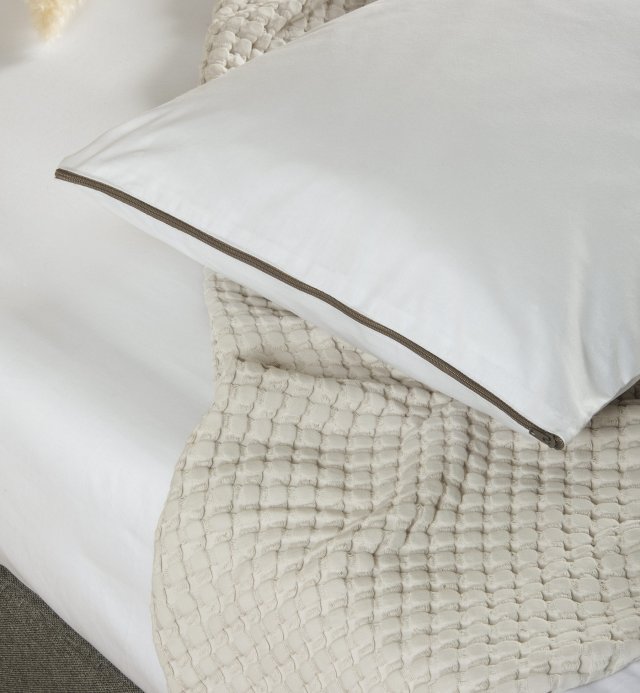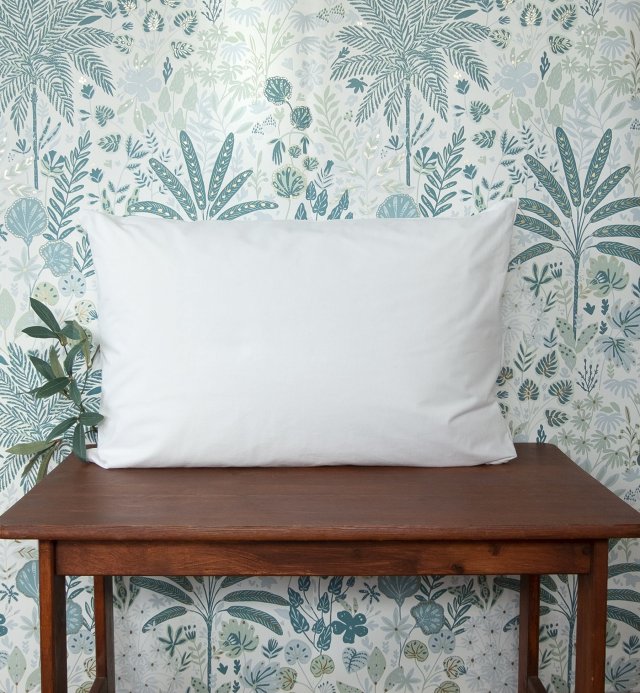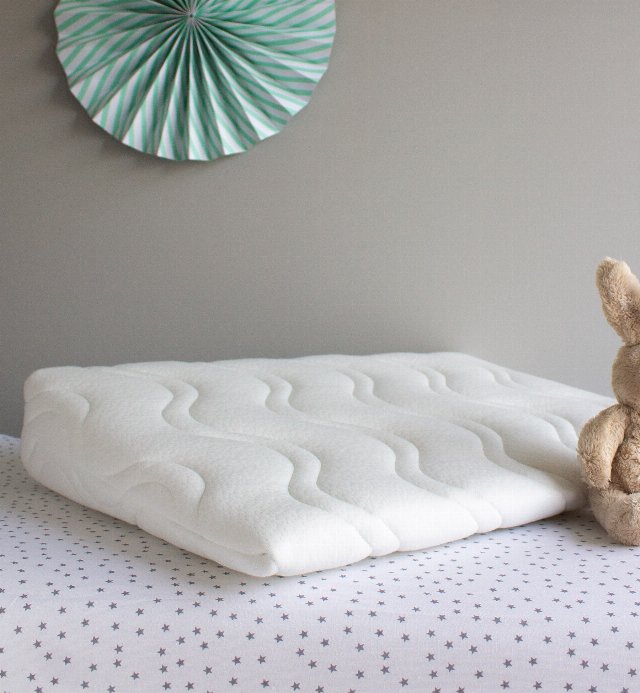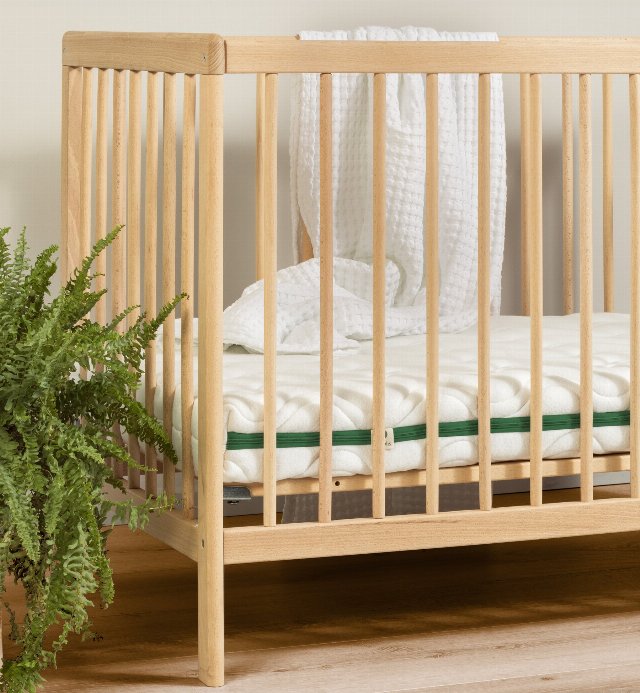Although we tend to think of adults when we talk about sleep difficulties, children can also suffer from them. Obstructive Sleep Apnea Syndrome (OSA) in babies and children is a condition characterized by pauses in breathing lasting a few seconds. Knowing the risk factors and symptoms is key to preventing it. We discuss them below.
What is obstructive sleep apnea in infants?
This sleep disorder occurs when breathing is interrupted for about 10 to 15 seconds. Logically, it is dangerous for the baby's development because if it is repeated several times during the night, the brain and the rest of the body may not get enough oxygen.
Why does this happen? During sleep, the throat stays open so that air can get to the lungs. However, in some babies, the throat does not stay open wide and the airway is blocked for a few seconds.
This type of apnea is the most common, but there are babies who have central sleep apnea. In this case, the airway is not blocked but the brain does not send signals to the muscles to breathe.
What causes obstructive sleep apnea in babies?
- Chronic nasal and lung congestion: mucus flows into the airway, builds up and makes it difficult to do something as essential as breathing.
- Inflammation of the adenoids and tonsils: these are lymphatic tissues in the respiratory system that are essential for fighting pathogens. When they become inflamed, which is quite common, they can cause apnea.
- Gastroesophageal Reflux Disease (GERD): This condition occurs very often in babies when the lower esophageal sphincter is not sufficiently developed. Because the sphincter does not close after eating, food and stomach acid travel up the esophagus into the throat and block the airway.
These are the main causes, but there are other risk factors, such as a small jaw or tongue, poor muscle tone, high weight or even prematurity, as the respiratory mechanism is not yet fully developed.
Can you recognize the symptoms of apnea in babies?
If you are concerned that your child has obstructive sleep apnea, pay attention to these details while he or she is sleeping:
- Long pauses in breathing, then sniffing, choking or even opening the mouth.
- Deep breathing, as if it's hard to get air in.
- Restless sleep. The child wakes up several times during the night.
- Breathing mainly through the mouth.
- Excessive sweating.
- Snoring, although it should be remembered that between 10 and 12% of children snore at night and less than half have sleep apnea.
- Sudden awakening, due to a lack of oxygen to the brain.
Because babies don't sleep well at night, they may sleep more than usual during the day. They may also feel impatient, nervous or irritable.
You are interested in:
Can obstructive sleep apnea be treated in babies?
If you notice any of these signs, don't hesitate to see your doctor so he or she can recommend the best treatment. He or she will first analyze the causes, as every apnea is different, and determine the factors that cause it.
If it is an inflammation of the tonsils and adenoids, the most common treatment is antibiotics. Once everything is back to normal, obstructive sleep apnea will no longer bother your little one.
In more complex cases, a tonsillectomy and/or adenoidectomy, an operation to remove the tonsils or adenoids, may be necessary.
Continuous positive airway pressure therapy is another treatment that can avoid surgery or improve the prognosis after surgery. At night, the baby will wear a mask to receive oxygen.
Obesity may also be a cause, so a change in diet to lose weight in a healthy way may be another solution.
Other ways to solve obstructive sleep apnea
In addition to medical treatment, sleeping in a different position can help improve breathing. In fact, sleep apnea is made worse when baby is on his or her back. Remember, baby should sleep on the mattress without a pillow and with a sleeping bag to ensure a safe sleep. To slightly raise his upper body, you can add a slope in his bed.
If your baby is older than 18 months, you can place a pillow behind his back to slightly raise his chest.
If it's soft and made of breathable material, your baby will be grateful for a healthier sleep. All of our pillows provide better temperature regulation and are OEKO-TEX® certified, but if you're not sure which one to choose, ask us!





























Leave a comment